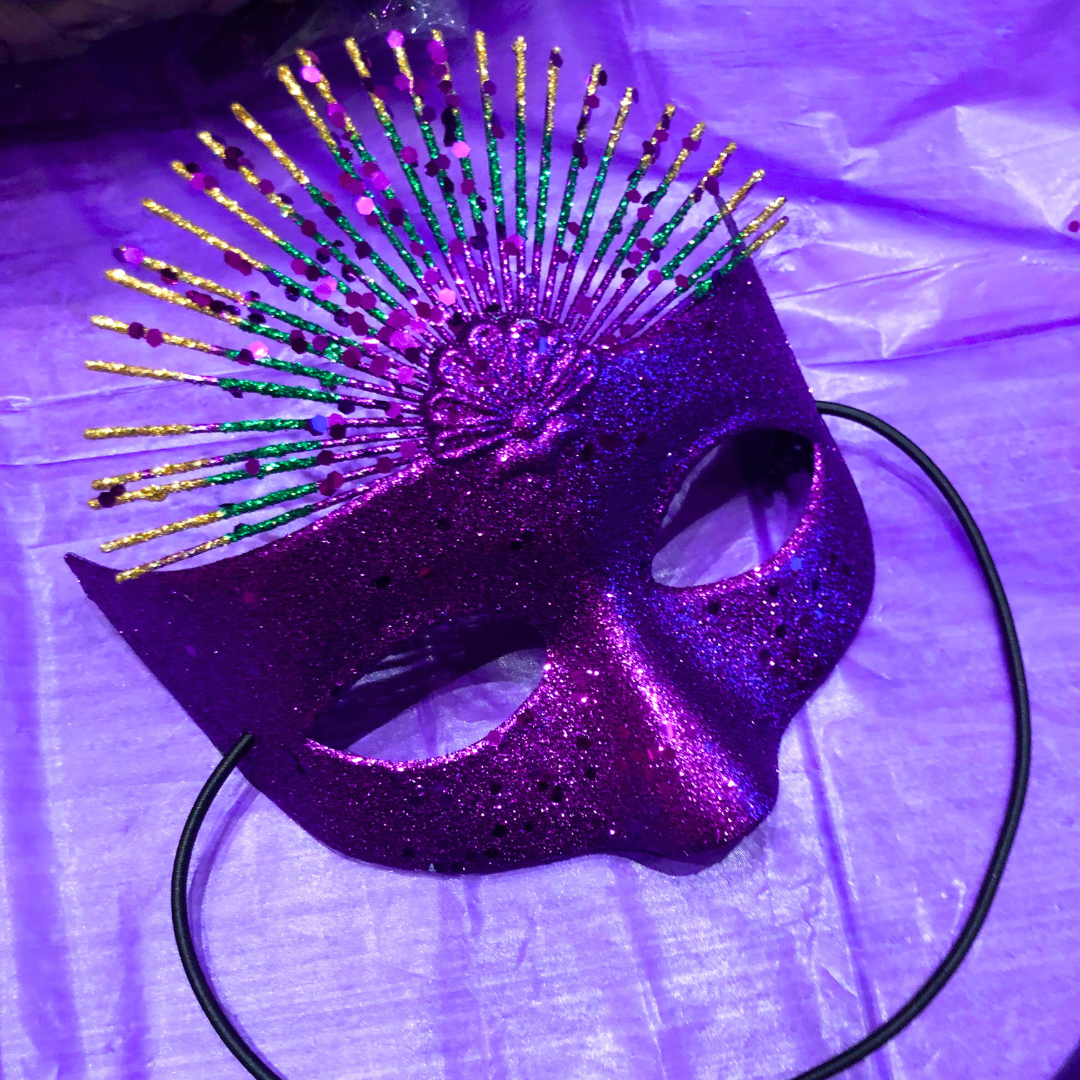
Tina Mayeux explains the history and rich symbolism of Mardi Gras and gives ideas about celebrating with our families.
There is an appointed time for everything, and a time for every affair under the heavens ... A time to weep, and a time to laugh; a time to mourn, and a time to dance. (Ecclesiastes 3:1,4)
In the Deep South, where my family and I were born and raised, Mardi Gras is such an integral part of the culture that it would be hard to imagine the beginning of Lent without it! King cakes are the dessert (and sometimes breakfast) of choice, the streets become parade routes, and the spirit of celebration is heavy in the air. Though Mardi Gras is often associated with excesses and debauchery, the origins of the celebration are firmly rooted in Catholicism.
In many areas of the country, Carnival season begins on January 6 with the Epiphany, also known as "Twelfth Night," as it is the last of the Twelve Days of Christmas. The season, with its brightly-colored beads, parades, and rich foods, continues for several weeks until Mardi Gras Day, or "Fat Tuesday,” the eve of Ash Wednesday.

During Carnival, which, translated, means "farewell to meat," early Catholic Christians used up all the rich foods in the home, such as meat, eggs, milk, and fat, to prepare for the Lenten fast, which was considerably more austere at the time. Although Mardi Gras has, in places, become extremely secular, the original intent was to rejoice and relish in the festivities to prepare mentally, physically, and spiritually for the rigor of Lenten fasting and abstinence.
The rich symbolism of Mardi Gras can help us to remain focused on Christ as we enjoy this time of feasting and merrymaking. The season is surrounded by visible signs of Christianity, which serve to strengthen our devotion during this time. From Epiphany on, many indulge in King Cake, which commemorates the coming of the three Wise Men to the newborn Infant Jesus after his birth. The Mardi Gras colors themselves—purple, green, and gold—represent the characteristics of justice, faith, and power, respectively. In the center of the King Cake is often found a plastic baby, signifying the Christ Child. With it, we are reminded to continue to rejoice at the birth of our Savior, as we transition to the more ascetic practices of fasting, prayer, and almsgiving of Lent.

Many people have a renewed interest in reviving the original Catholic purpose and practice of the celebration of Mardi Gras. It is a time for families and communities to gather to experience friendship and fellowship in a joyful and wholesome manner, in anticipation of the more prayerful and penitential time of Lent. We need times of celebration to balance the hardships and trials of life. We can recapture the rhythm of the liturgical year by engaging in and enjoying our festive seasons, as well as participating in the sacrifice of the penitential ones.
Mardi Gras is an excellent time to come together as a family or community and enjoy the gift of life. If your area of the country does not host festivities for this season, you can create your own by baking your own King Cake or pancakes, which are another traditional Mardi Gras indulgence. Families with children can create their own Mardi Gras masks, decorated with traditional colors of purple, green, and gold, or dress up in costumes to commemorate the day. The idea is to revel in the day, preparing for the change in seasons which occurs at midnight before Ash Wednesday.
Mardi Gras Day is a day for festivity, family, and fun—a time to dance! How is your family celebrating this joyful day?

Copyright 2024 Tina Mayeux
Images: copyright 2024 Tina Mayeux, all rights reserved.
About the Author

Tina Mayeux
Tina Mayeux is a wife, mother of three daughters, and lifetime Southerner. When she is not busy with her family, she writes in hopes of helping to share the joy of the gospel and Jesus Christ with others. She has contributed to Catholic Digest, Patheos, and The Real Deal of Parenting, and blogs on Substack. Follow her on Instagram @wayofthewildflowers.


.png?width=1806&height=731&name=CatholicMom_hcfm_logo1_pos_871c_2728c%20(002).png)
Comments